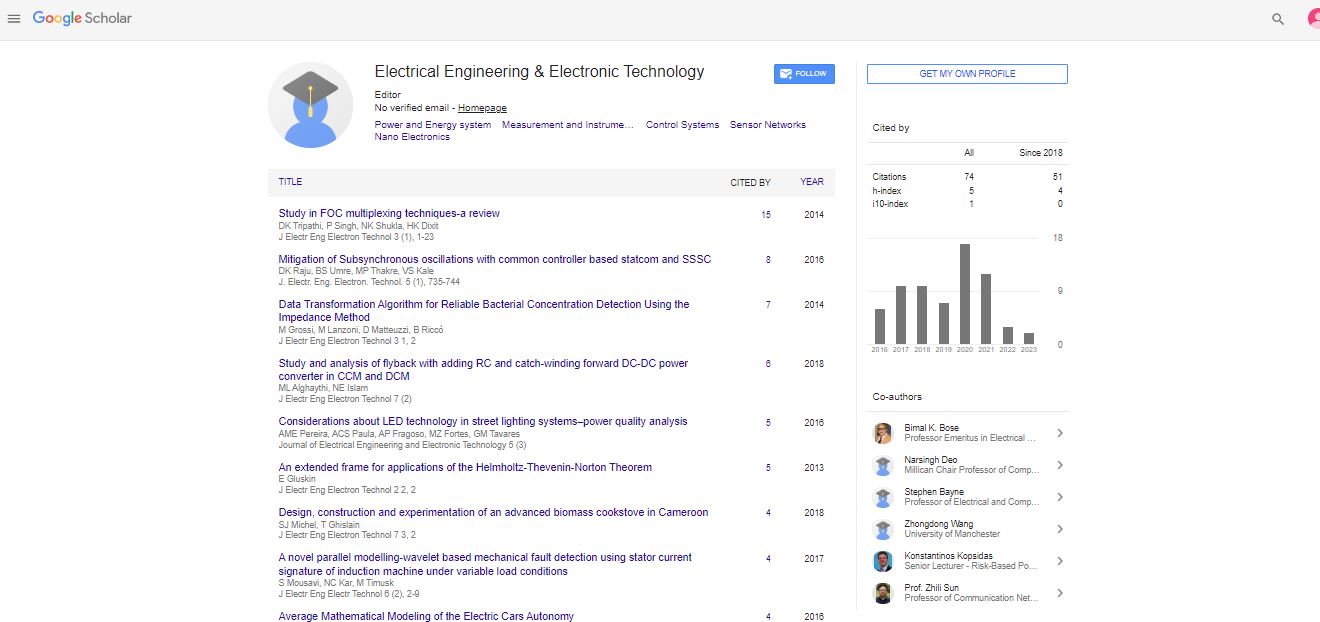Challenge to the Black Hole model and supernova explosion driven by magnetic monopoles
Qiuhe Peng
Nanjing University, P R China
: J Electr Eng Electron Technol
Abstract
The author would like to talk about an unusually strong radial magnetic field, which was detected near their Galactic Center (2013) and is consistent with the prediction from their model of supermassive object with magnetic monopoles (MM) (Peng and Chou 2001). The important implication of the unusually strong radial magnetic field near the GC is not physical. This is a strong evidence of both no black hole at the GC and existence of MM. (Peng et al., 2016; 2017). The author will give query on the black hole models for other quasars and active galactic nuclei. The key dilemma of the black hole model is the question on the BH mass at the center of AGNs. However, the dilemma will disappear in their model of supper-massive stars with MM. Taking the RC effect (nucleons may decay catalyzed by MM) as an energy source, we have proposed an unified model for various supernova explosion (Peng et al. 2017). In our model, the remnant of the collapsed core of supernova is still a neutron star rather than a black hole no matter how huge of the supernova mass. That means, black holes with stellar mass are impossible to be formed through supernova explosion. We may explain the physical reason of the Hot Big Bang of the Universe with the similar mechanism of supernova explosion by using the RC effect as an energy source. That is, the primordial Black hole of the whole Universe is no physical.
Biography
E-mail: qhpeng@nju.edu.cn
 Spanish
Spanish  Chinese
Chinese  Russian
Russian  German
German  French
French  Japanese
Japanese  Portuguese
Portuguese  Hindi
Hindi 
